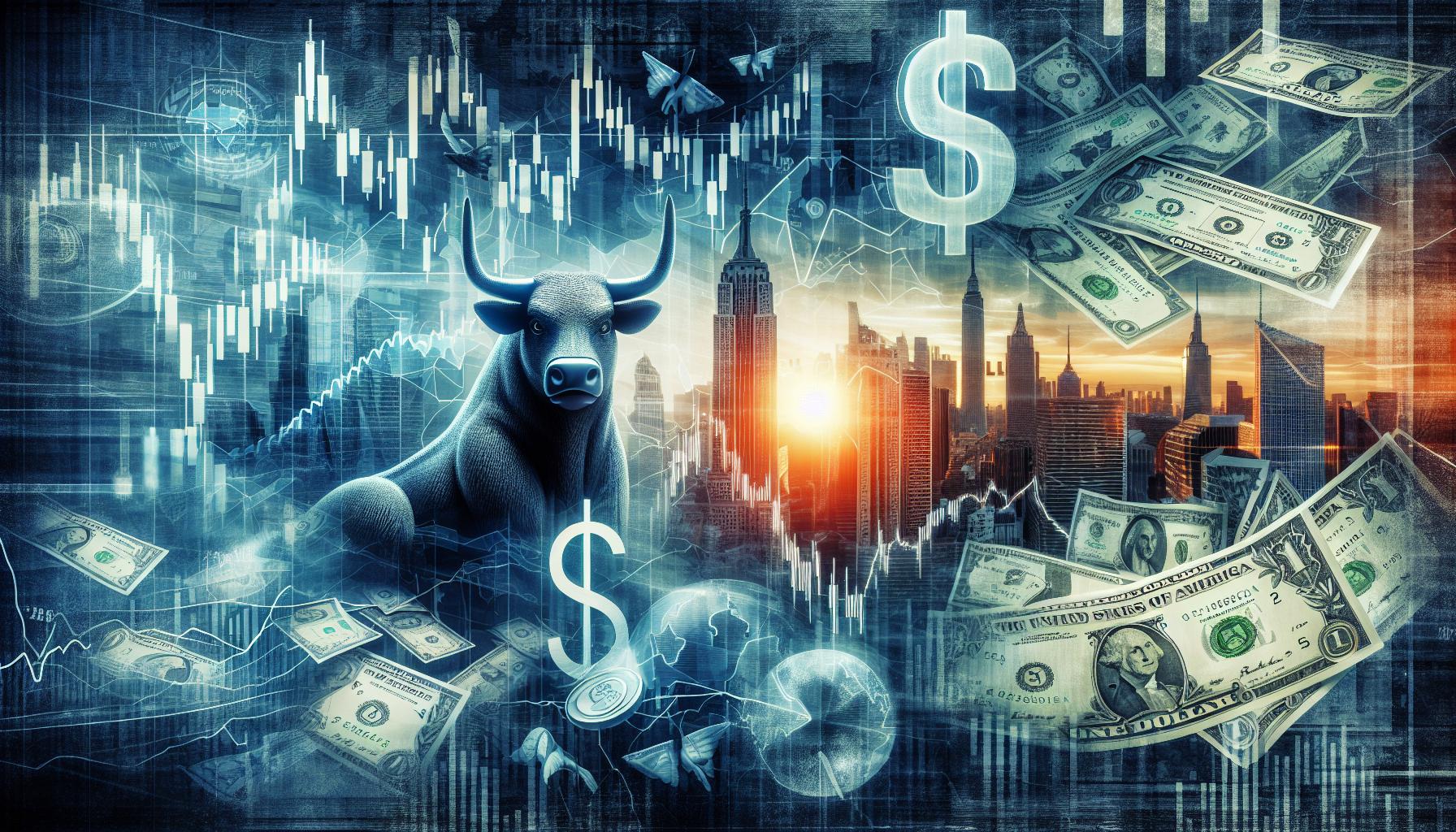
tl;dr
Bitcoin, as envisioned by Satoshi Nakamoto, was designed as an electronic cash system intended for active use rather than just holding as a store of value ("HODLing"). The network relies on miners who are compensated through block rewards and transaction fees. As block rewards decrease over time and...
Bitcoin’s economic model requires active usage and transaction fees to sustain network security, not just HODLing as a store of value. Bitcoin, as envisioned by Satoshi Nakamoto, was designed as an electronic cash system intended for active use rather than just holding as a store of value ("HODLing"). The network relies on miners who are compensated through block rewards and transaction fees. As block rewards decrease over time and eventually end around 2140, transaction fees will need to sustain the network.
However, widespread HODLing reduces transaction volume, limiting fees and threatening miner incentives and network security. For Bitcoin to thrive, it must be actively used for everyday transactions, increasing fees and supporting miners. Without usage, Bitcoin risks losing its utility and becoming irrelevant.
Bitcoin’s blockchain relies on miners to process transactions and secure the network. Miners are incentivized by two rewards: newly minted coins (the block reward) and transaction fees. The block reward halves every four years, down to 3.125 BTC in 2025, and will eventually hit zero around 2140. Before that happens, fees alone must sustain the network. Satoshi foresaw this, noting that “the fee market will develop” as issuance slows.
The HODLing craze, where enthusiasts hold rather than spend, creates a paradox. Transaction volume stagnates if everyone holds, leading to fewer fees that could starve miners once block rewards dry up. A low-usage network weakens security and invites vulnerabilities. Bitcoin was never designed as a speculative asset but as a peer-to-peer electronic cash system for utility and circulation.
For Bitcoin to thrive long-term, it needs a bustling market where people use it for daily transactions, such as buying coffee or paying rent. Currently, only a handful of merchants accept Bitcoin directly, with volatility deterring spenders. More transactions mean more fees, more miners, and a stronger network. Critics argue Bitcoin’s capped supply makes it too precious to spend, but this scarcity without usage threatens the system's sustainability.
In conclusion, Bitcoin’s economic model demands usage, not just HODLing, to survive. Transaction fees will sustain network security after block rewards end, but only if the network remains active. Satoshi’s vision was of a currency that moves, not sits idle. It’s time to spend some sats or risk Bitcoin becoming a relic of an unused great idea.